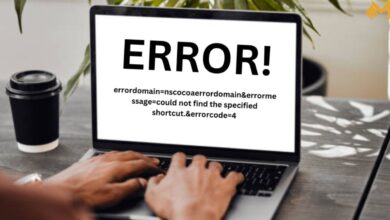GCF
The GCF of two non-zero integers m and g is the greatest positive integer k, such that k is a divisor of both m and g. The GCF or greatest common factor can be defined as the greatest whole number that can divide a given number into two or more equal parts. The GCF of two numbers m and g is usually denoted by GCF(m,g). The highest common factors (HCF) and the greatest common divisor (GCD) are other names that the GCF goes by depending upon the region of education. There are a number of ways available to calculate the GCF of two numbers. Let us look at two of the most common ways.
Methods to Calculate GCF
1. Listing Method
In this method, all the factors of the two given numbers are listed. Then we proceed to make another list consisting of the common factors. A common factor is a factor that is shared by the two given numbers. Out of the list of the common factors, the one with the highest value gives our GCF.
Example: What is the GCF of 15 and 10? Find using the listing method.
- Factors of 15 = 1, 3, 5, 15
- Factors of 10 = 1, 2, 5, 10
- Common Factors = 1, 5
- GCF (15,10) = 5
2. Prime Factorization
The listing method works for smaller numbers. When we move on to larger numbers, the list of factors is endless, and finding the GCF is a very time-consuming task. Hence we use the prime factorization to find the GCF. In this method, we find the prime factors of each given number. The common prime factors are listed and multiplied to give the GCF of the two numbers.
Read Also: Importance of E-Learning in Education Sector
Example: What is the GCF of 15 and 10? Find using the prime factorization method.
- Factors of 15 = 3 * 5
- Factors of 10 = 2 * 5
- Common Factor = 5
- GCF(15,10) = 5
As we can see, irrespective of the method used, the answer will always be the same.
LCM
The least common multiple or LCM can be defined as the lowest common multiple that is divisible by the given set of numbers. The LCM will always be one of the multiples of the given set of numbers. The least common multiple of two numbers m and g is denoted by LCM (m, g).
Methods to Calculate LCM
1. Listing Method
In this method, we list multiples of the given numbers till we get the smallest common multiple. This gives us our LCM.
Example: What is the LCM of 15 and 10? Find using the listing method.
- Multiples of 15 = 15, 30, 45 …
- Multiples of 10 = 10, 20, 30 …
- Common Multiple = 30
- LCM (15,10) = 30
2. Prime Factorization Method
In this method, we express the numbers as a product of their primes and multiply all the primes, ensuring repeated numbers are noted only once to give the LCM.
Example: What is the LCM of 15 and 10? Find using the prime factorization method.
- Factors of 15 = 3 * 5
- Factors of 10 = 2 * 5
- Multiplying the primes = 2 * 3 * 5 (As 5 is repeated we write it once)
- LCM(15,10) = 30
Conclusion
Cuemath is an amazing online educational platform that can be availed if you want to expand your knowledge on LCM and GCF. The certified tutors provide several interactive and fun resources to students and give them an enjoyable learning environment. Hopefully, this article gives you a brief idea about the topic, and I wish you all the best in your educational journey.








